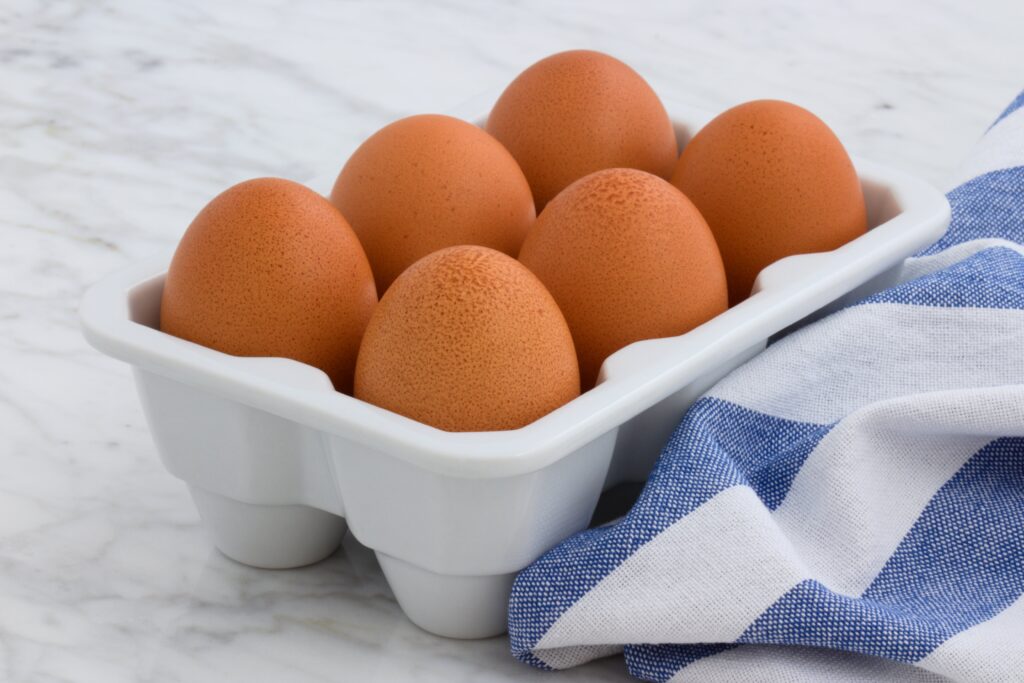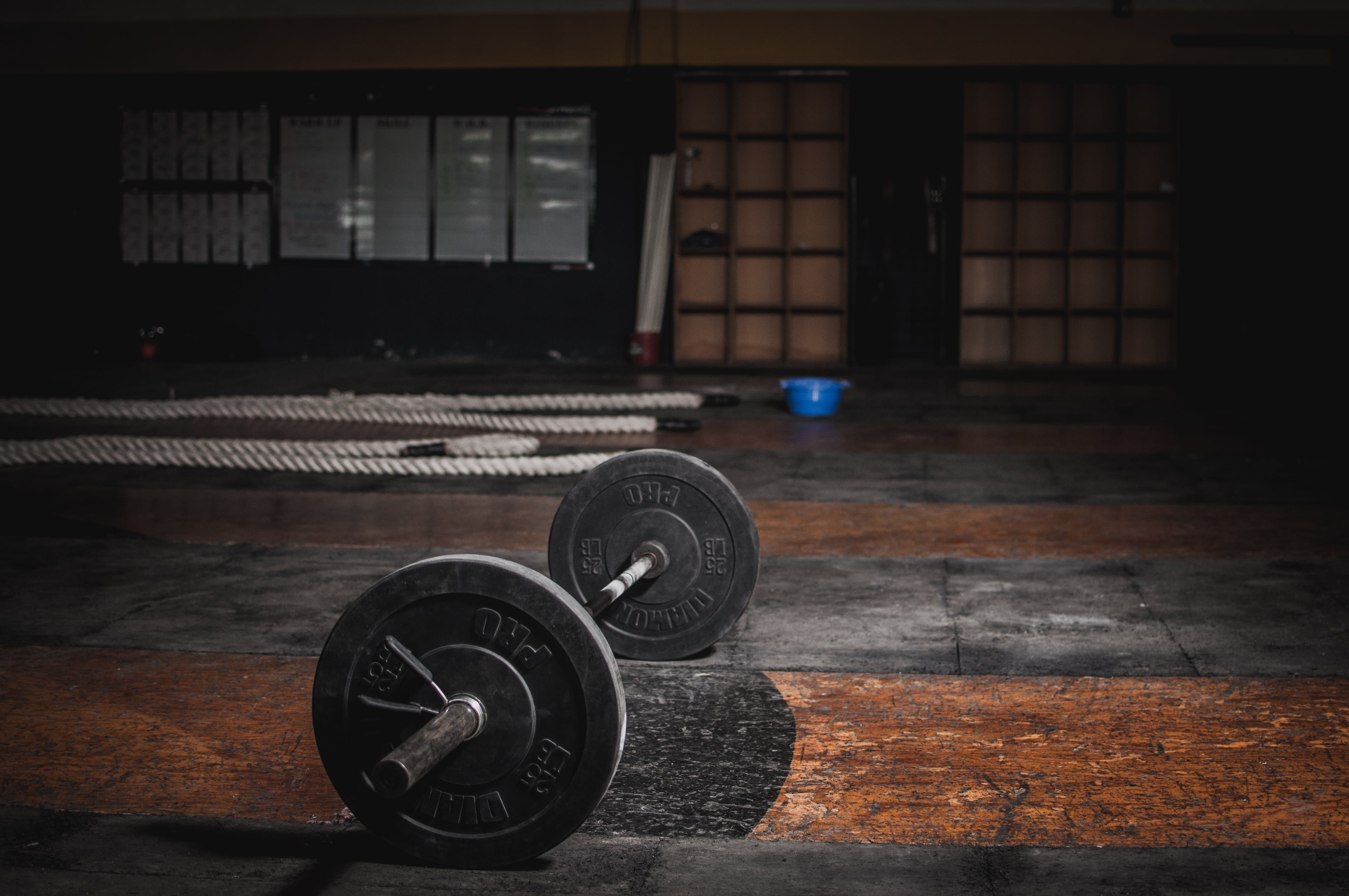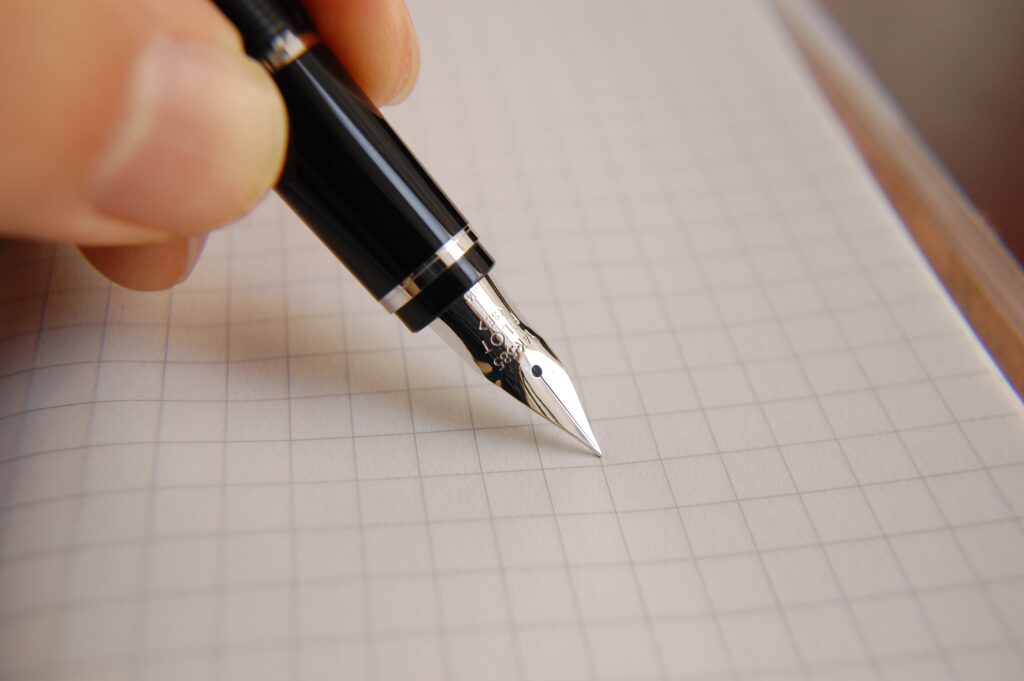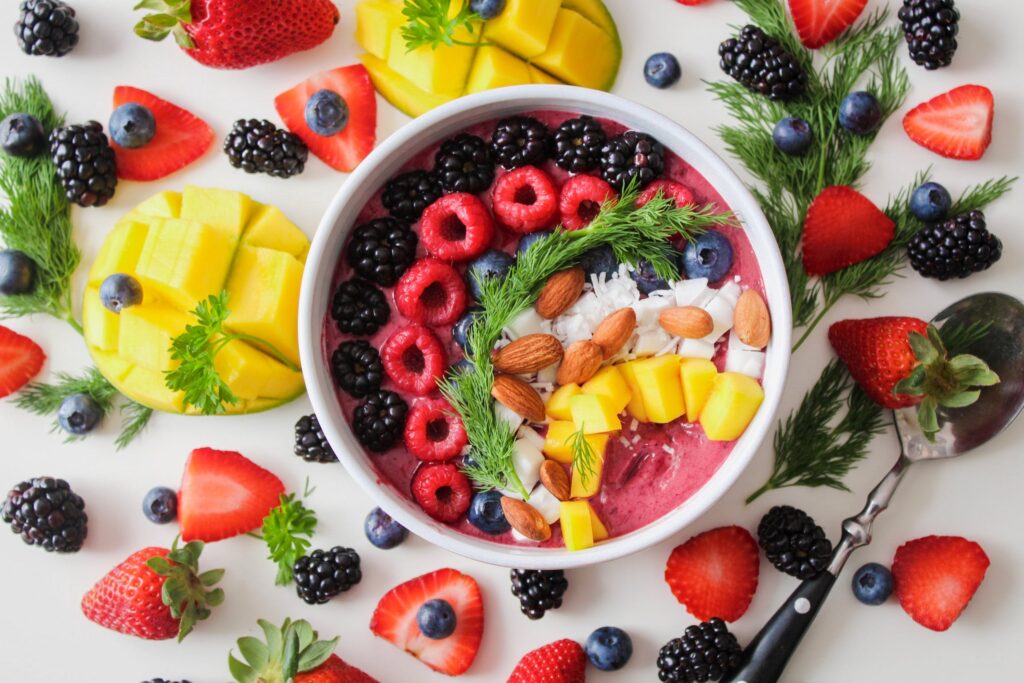Have you ever asked yourself, “Can you build muscle in a calorie deficit?” Well, we’re about to dive headfirst into the intriguing world of muscle building in a caloric deficit.
Let’s break it down. A caloric deficit is essentially when you’re burning more calories than you’re taking in. It’s like your body’s way of saying, “I need more energy than what’s on the menu.” Traditionally, we associate this with shedding pounds, not gaining muscle.
Imagine this: You’re on a journey to sculpt those biceps and triceps, but the thought of a surplus diet makes you cringe. Don’t worry! We’re here to explore whether the age-old belief stands true or if there’s a secret muscle-building hack waiting to be uncovered in the caloric deficit realm.
So, buckle up, grab a protein shake, and let’s unravel the mysteries of muscle gains in the face of a caloric deficit. Get ready to challenge conventional wisdom, because in the next few sections, we’re delving into the nitty-gritty of protein, resistance training, nutrient timing, and advice that might just change the way you think about muscle building forever!
Understanding Caloric Deficit

Let’s talk about caloric deficits without diving into science mode. Picture your body as a balance sheet – calories in versus calories out. A caloric deficit is when you’re spending more calories than your snack stash can cover. It’s like you’ve got a budget, and you’re deciding to save more than you spend. Makes sense, right?
Most people hear “caloric deficit” and think it’s just about dropping pounds. And sure, it’s a rockstar strategy for weight loss, but what about building those biceps? It turns out that this deficit drama doesn’t necessarily mean waving goodbye to muscle gains.
Here’s the deal: Calories are like energy units, and your body uses them for everything from pumping iron to binge-watching your favorite show. So, when you’re in a deficit, your body taps into its reserves – the love handles, the spare tire – to keep the lights on.
But can you blame people for thinking a caloric deficit is the muscle enemy? It’s like saying you want to save money, but people assume you’re also giving up on all the cool stuff. Well, here’s the plot twist – with the right moves, you can still make gains while trimming down. So, stick around as we debunk the myth and uncover the secrets of muscle-building wizardry in a caloric deficit!
Protein Intake and Muscle Synthesis

Think of protein as the muscle’s personal chef, cooking up delicious meals of amino acids. These little guys are the building blocks of muscles, and trust me, your muscles are craving that gourmet amino acid feast. Studies show that a higher protein intake during weight loss helps keep your muscles happy and growing, even when the calorie count is doing a downward dance.
You might be wondering, “How much protein are we talking about here?” It’s not rocket science; it’s about getting enough to meet your muscles’ needs. It’s like giving them the right amount of fuel to keep the muscle-building engine running smoothly.
How much should you load up on this mighty macronutrient? While individual needs vary based on factors like age, weight, and activity level, a general guideline is around 0.36 grams per pound (0.8 grams per kilogram) of body weight. However, if you’re diving deep into muscle-building territory, upping the ante to 0.6 to 1 gram per pound (1.3 to 2.2 grams per kilogram) may be the winning ticket. Athletes pushing the limits might even venture higher.
The important thing to remember is that you shouldn’t only focus on eating protein! Timing matters too – spreading your protein intake across meals and incorporating it into pre and post-workout snacks can optimize muscle protein synthesis. So, let’s make protein your muscle’s favorite fuel, one gram at a time!
Protein synthesis is the key choreographer for muscle growth and repair. Imagine it as a construction crew assembling a skyscraper; amino acids, the building blocks of proteins, intertwine to create muscle proteins. Initiated by strength training or a protein-rich meal, this dance begins in the cell’s nucleus with DNA sending instructions to produce specific proteins.
In the anabolic phase, amino acids link together like a molecular puzzle, forming new muscle proteins. On the flip side, catabolism is the teardown crew during exercise or periods without food, breaking down proteins for energy.
The rate of protein synthesis depends on factors like exercise intensity, nutrition, and individual characteristics. To amplify this process, ensure a consistent intake of quality protein, especially post-workout, and let the cellular choreography unfold for optimal muscle growth and repair.
Resistance Training in a Caloric Deficit

In the midst of a caloric deficit, where the body craves energy savings, resistance training emerges as a steadfast ally, ensuring that your muscles not only survive but thrive.
Resistance training becomes the guardian of your muscles during a caloric deficit. When your body senses a decrease in calories, it may resort to breaking down muscle for energy. Here’s where resistance training steps in, signaling to your body that muscles are non-negotiable. By engaging in weight-bearing exercises, you communicate to your system that muscle preservation is a top priority, preventing the metabolic slowdown often associated with weight loss.
Resistance training acts as the conductor orchestrating the previously mentioned muscle protein synthesis. The stress placed on muscles during resistance exercises triggers the cellular machinery to kick into high gear, synthesizing new proteins and repairing the microscopic tears that occur during training. This heightened synthesis becomes crucial in a caloric deficit, countering the potential muscle breakdown that may otherwise occur.
While a caloric deficit predominantly focuses on shedding fat, resistance training introduces the concept of body recomposition. As you strip away excess fat, resistance exercises sculpt and define your muscles, creating a leaner, more toned physique. It’s the secret ingredient to transforming weight loss into a visual showcase of strength and definition.
Beyond the immediate benefits, resistance training sets the stage for long-term success. Building and maintaining muscle mass not only enhances your aesthetic journey but also contributes to functional strength and overall well-being. It’s a sustainable approach, ensuring that the hard work you put into your fitness journey pays off not just today, but for years to come. As you navigate the caloric deficit landscape, let resistance training be your compass, guiding you towards a fitter, stronger, and more resilient version of yourself.
Nutrient Timing and Meal Composition

Let’s talk about the rhythm and rhyme of nutrient timing – the beat that keeps your muscles grooving, even in the calorie-cutting dance party! Imagine your body as a DJ booth, and nutrient timing is your way of spinning the right tracks at the right time.
Timing is the secret when it comes to pre and post-workout nutrition, setting up your body for optimal gains. Pre-game, think of your meal as the fuel station before a long road trip. Aim for a mix of complex carbs and protein about 2-3 hours pre-workout to energize your system.
The post-game feast – the recovery magic. Within the golden hour after exercising, prioritize a protein-packed meal coupled with some carbs to replenish glycogen stores. It’s like hitting the reset button, aiding muscle repair and growth.
Don’t stress over the specifics; flexibility is key. For those on-the-go, a snack 30 minutes prior and a protein-rich shake post-workout can do wonders. Ultimately, listen to your body’s cues, experiment with timing, and find what dance of nutrients makes your muscles groove. It’s not just about what you eat but when – the symphony of pre and post-workout nutrition composing the melody of fitness success.
Meal composition – the ingredients for a muscle-building feast. Imagine your plate as a canvas, and each food group is a color. Protein takes center stage as the bold, vibrant hue, while healthy fats and carbs play supporting roles. It’s about creating a masterpiece that fuels your body without drowning it in unnecessary calories.
Monitoring Progress and Adjusting

First things first – monitoring progress. It’s not about obsessing over the mirror or the scale every morning. Instead, think of it like taking snapshots of your journey. Notice how your clothes fit, the weights you’re lifting, and how you feel during workouts. These are the clues that your muscles are leaving behind fat and the unwanted weight that you were previously carrying around.
The adjustment part is where the magic happens. It’s like having a GPS for your fitness journey. If you notice the ship drifting off course – maybe the gains are slower than expected or your energy is flagging – it’s time to make some tweaks. Adjust your nutrition, tweak your workout routine, or even throw in a rest day. It’s all about keeping that ship on the path to muscle-building victory.
Remember, there’s no one-size-fits-all map. Your body is a unique landscape, and adjustments are your way of customizing the route. So, grab your detective hat, keep an eye on those clues, and let’s navigate the seas of muscle gains with wisdom and finesse!
Practical Strategies and Tips

Practical tip number one: Master the art of feeling full. While you’re cutting calories, focus on foods that keep you fuller for longer. Incorporate high-fiber vegetables, lean proteins, and healthy fats into your meals. These nutrient-dense choices not only nourish your body but also help stave off hunger, making the caloric deficit more manageable.
Practical tip number two: Prioritize protein. Ensure your diet is rich in quality protein sources. Not only does this aid in muscle preservation, but it also supports muscle protein synthesis. Think lean meats, legumes, and dairy – the building blocks that safeguard your hard-earned muscle while you trim down.
Practical tip number three: Embrace mindful eating. In a caloric deficit, every bite counts. Slow down, savor your meals, and pay attention to hunger and fullness cues. This mindful approach fosters a healthier relationship with food, making the caloric deficit more of a conscious lifestyle choice than a restrictive diet.
Practical tip number four: Smart hydration and nutrient timing. Staying adequately hydrated not only supports overall health but can also help control appetite. Timing your nutrient intake strategically, especially around workouts, ensures your body gets the fuel it needs for optimal performance while navigating the caloric deficit waters.
Practical tip number five: Adaptation and flexibility. Acknowledge that everyone’s journey is unique, and what works for one may need adjustments for another. Be open to tweaking your approach based on your body’s response. This adaptability ensures a sustainable and personalized path through the caloric deficit, promoting long-term success in your weight loss goals. As you embark on this transformative journey, let these practical tips be your trusted companions, guiding you toward a healthier and happier you.
Conclusion

Today we’ve navigated the twists and turns of the muscle-building maze in a caloric deficit. It’s been a rollercoaster of protein-packed feasts, resistance training adventures, and decoding the secret maps of real-life successes and expert insights. But before you set sail on your own muscle-building odyssey, let’s tie up these loose ends.
In a world that often screams, “Caloric deficit means saying goodbye to gains,” we’ve whispered, “Not so fast!” We’ve uncovered the hidden passages where muscle growth and calorie cutting shake hands. It’s not just a theory; it’s a practical guide, a roadmap etched with the footprints of those who’ve walked the path.
It’s not about waving a magic wand and expecting instant results. It’s about embracing the journey, the setbacks, the victories, and the tweaks along the way. Your body is a unique canvas, and building muscle in a caloric deficit is an art form.
As you embark on your own quest, armed with the knowledge of nutrient timing, resistance training, and the wisdom from those who’ve conquered before, know this – the power is in your hands. With the right strategies and mindset, the caloric deficit becomes not a barrier but a stepping stone to sculpting the masterpiece that is your body.
So, fellow adventurers, go forth, lift heavy, savor those protein-rich bites, and let the saga of muscle gains in a caloric deficit unfold. May your gains be mighty, your plates be nutritious, and your journey be a testament to the incredible possibilities that await those who dare to defy the norm. Onward, to the gains!

